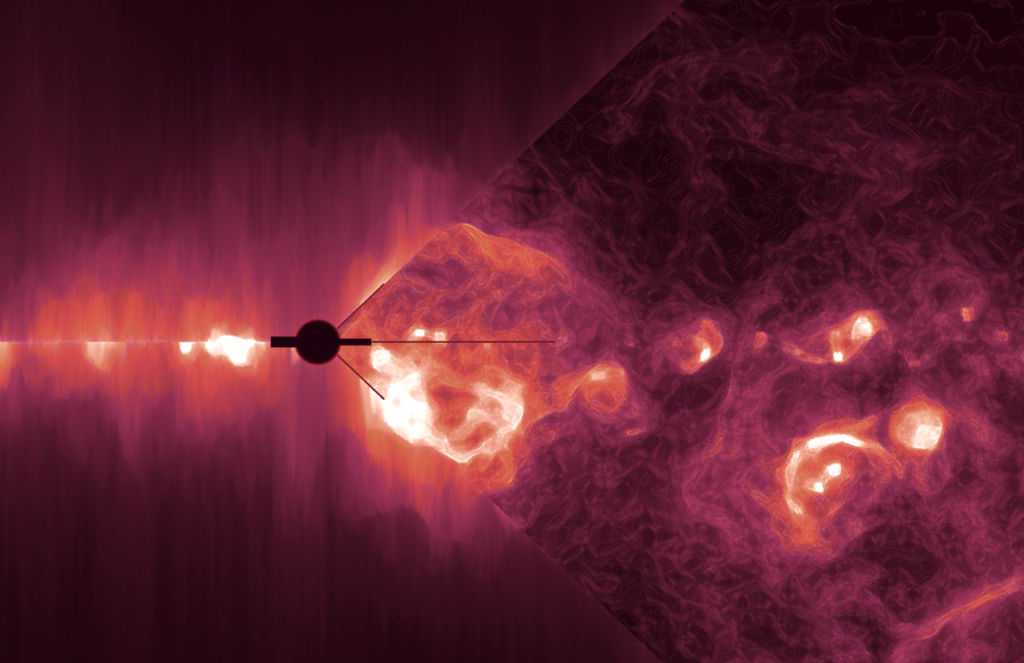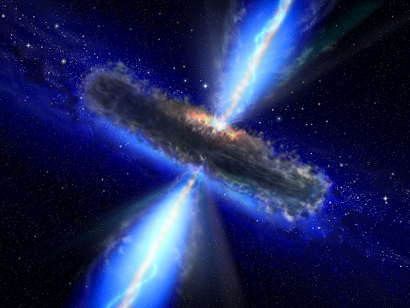Nervous? I understand. I am also worried about financial market crashes, novel coronaviruses, mistaken swat team raids, and heart diseases. But why should we stop there? Solar megaflares, asteroid impacts, nearby supernovae and giant tsunamis should also worry us. Today however we are going to go even further and talk about some things that make even these disasters seem petty. So don’t bother to buckle up, it won’t help.
Solid Ground
Sometimes we want something solid to stand on. You know, like, the solid ground. Something to rely on that just doesn’t change. The topography of an acre of land and a good solid building. The nose of El Capitan. Those things couldn’t possibly change could they? Well it turns out that on a geological time scale, this is laughable. An earthquake will shake our confidence in solid ground. Things shift along fault lines and new land emerges as lava from rifts. Sink holes suddenly emerge and what was once solid ground becomes quicksand. It’s not often, but it happens.
Now lets consider the solid ground of interstellar space. Objects separated by pure near-vacuum space. What could be more solid than space itself? Pure Minkowski space-time, the fundamental aether which makes up our world of extension and duration. This is so solid that even Newton called it absolute:
“Absolute space, in its own nature, without regard to anything external, remains always similar and immovable.”
Well we know now that space has properties, and as Einstein said about his theory of General Relativity:
“According to the general theory of relativity space is endowed with physical qualities; in this sense, therefore, there exists an aether. ”
Every point of space-time has an electric field and a magnetic field, or alternatively an electric potential and a magnetic vector potential. Space also has a metric tensor, a property which defines geodesics (straight lines) and produces gravitational fields. All this before we even consider those disturbances to space-time which possess mass, charge, or other properties such as lepton number or strangeness. If you prefer QFT formalism, space-time is a foam of virtual photons. But even this viewpoint shows the cold hard vacuum of space as solid ground, always similar and immovable in the laws governing the virtual photons, right?
Well imagine now that we are considering things on a galactic timescale. If the solid ground of Earth is no longer constant and immovable when we consider geologic time, then why should the interstellar space which makes up the galaxy be constant and immovable over galactic time scales?

Observations show that there are many interstellar absorption clouds and regions with different absorption profiles even when considering spectra taken along very similar lines of sight. In other words, fault lines could be numerous in the enormity of local interstellar space. However I’m not just talking about different density of plasma or different densities of molecules and dust, as astronomers usually characterize different regions of interstellar space, but fundamental differences in the vacuum of space-time between neighboring regions. Fault lines of space itself.
Spacequakes
So what would it be like to have one of these things come ripping through our stellar system? Well the first difficulty would be in surviving the shock wave, the strong forces created at the boundary between the two different regions of space. It’s easy to imagine that these strong forces might just rip everything apart at the atomic level as the spacequake wavefront made its way through unimpaired at the speed of light. In this scenario we definitely wouldn’t know what hit us.
Another more likely possibility however is that the spacequake wavefront would be moderated by something like a Liedenfrost layer smoothing the edge forces, while things like the heliospheric magnetic field and the Earth’s magnetic field might further intervene to shunt forces away from the front that was colliding with our planet, as they do with interplanetary plasma shocks. In this case, we might imagine a world in which we woke up one day on the other side of a spacequake, somewhat shaken, with our atomic structure somehow intact. Perhaps we are even still alive despite massive shifts of air and water on the surface of our planet. There might even be some warning if the thing was stationary or moving slowly (relative to the sun).
What changes would we observe? Well distances might suddenly appear scaled, along the lines of the “nocturnal doubling hypothesis” but also in a more observable sense of a dynamic Friedmann-Robertson-Walker metric (inflated or deflated time vs. space component of the metric tensor). Suddenly the sun is much closer, or further away. Scared yet? Still more fanciful scenarios could also very well arise such as a change in the local rotational inertial frame or even the local fine structure constant. The Earth might appear to change its gravitation or even rotation in such an event, and there could even be a sudden blue or red shifting of emission lines. We could even imagine an event in which after passing the spacequake our vision sensors no longer happen to match the atmospheric spectral hole, while solar system dynamics become suddenly vastly different.
These spacequake fronts, as they move or exist in the galaxy, would of course provide an ample location for first and second order Fermi scattering, creating populations of accelerated cosmic rays. Like those we see. Many cosmic ray populations such as ACRs and high energy GCRs remain somewhat of a mystery which spacequakes could account for. Accelerated neutral atoms emerging from such a spacequake shock might even be visible to our instruments on board NASA’s Interstallar Boundary Explorer satellite [https://ui.adsabs.harvard.edu/abs/2010ApJ…715L..84G/abstract].
Galactic Eruptions
While we are thinking along the lines of galactic time, in which a galactic day is about 250 million years, we might glance around and see what is going on in other galaxies. Well it turns out there are quite a lot of more violent events in other galaxies, with active galactic nuclei (AGNs) and massive jets and explosions taking place around the central supermassive black holes, or whatever you prefer to call whatever it is in there.

It’s not hard to imagine that from time to time, a star is captured by the Sagittarius A object (heretofore referred to as our Milky Way’s supermassive black hole), and a limit is reached. A phase change ripples across the local space-time and a massive eruptions sends pure energy and boiling space-time hurtling out. Quasars or even baby galaxies might be formed in such an eruption, as envisioned by Halton Arp trying to explain the strong statistical correlation of quasars with “foreground” galaxies. Sounds like a lovely birth event, just like a volcano giving birth to a mountain is a beautiful thing to behold. However you might not want to be near. The whole solar system might wind up swamped in Pompeian galactic dust, or the galactic aether lava might temporarily (only a few million years or so) drown out the sun like a Krakatoan cloud.
So there you have it, that’s what I’ve been worrying about while I try to sleep at night. Perhaps spacequakes and galactic eruptions can help to explain the Fermi paradox (hey there’s Fermi again!) of why we don’t see more intelligent beings around. Enjoy your rest!
